191 episodes


A series of extended rants about "F*ck the Honeybees", trying to settle beefs between friends, Male Primate Rivalry, Riding Trains in Mexico in 2005 & Brakemen with gold fronts, spreading the cult of native plant gardening via demonstration by example and killing lawns.


A long-winded rant about the social media phenomenon known as Instagram Drug Bros™️ and trying to encourage them to seek spiritual refuge (como se dice nice) in education about plant ecology and evolution rather than just the hoarding and collecting of plants that may have been sourced through somewhat unethical means. Why is plant just as, if not MORE important than the plant itself? How is the ecological context in which a plant evolves inseparable from the plant itself? Can we get Instagram Drug Bros ™️ to start studying and collecting data on things like native solitary bees? What are the means through which Instagram Drug Bros™️ can expand their scope of interest to include things like phylogenies, breeding systems, pollination ecology, and geologic substrate? Why are so many cacti obligate out-crossers? Why is peyote self-fertile? Why do so many angiosperms produce bisexual flowers and what the hell is a breeding system? Also includes a nice rant about a vestigial population of Agave unvittata found growing on a limestone cliff face above a freeway in San Antonio. Was there ever a basement in the Alamo or was that just a BS story that that huckster psychic conjured up in order to milk PeeWee out of cash?
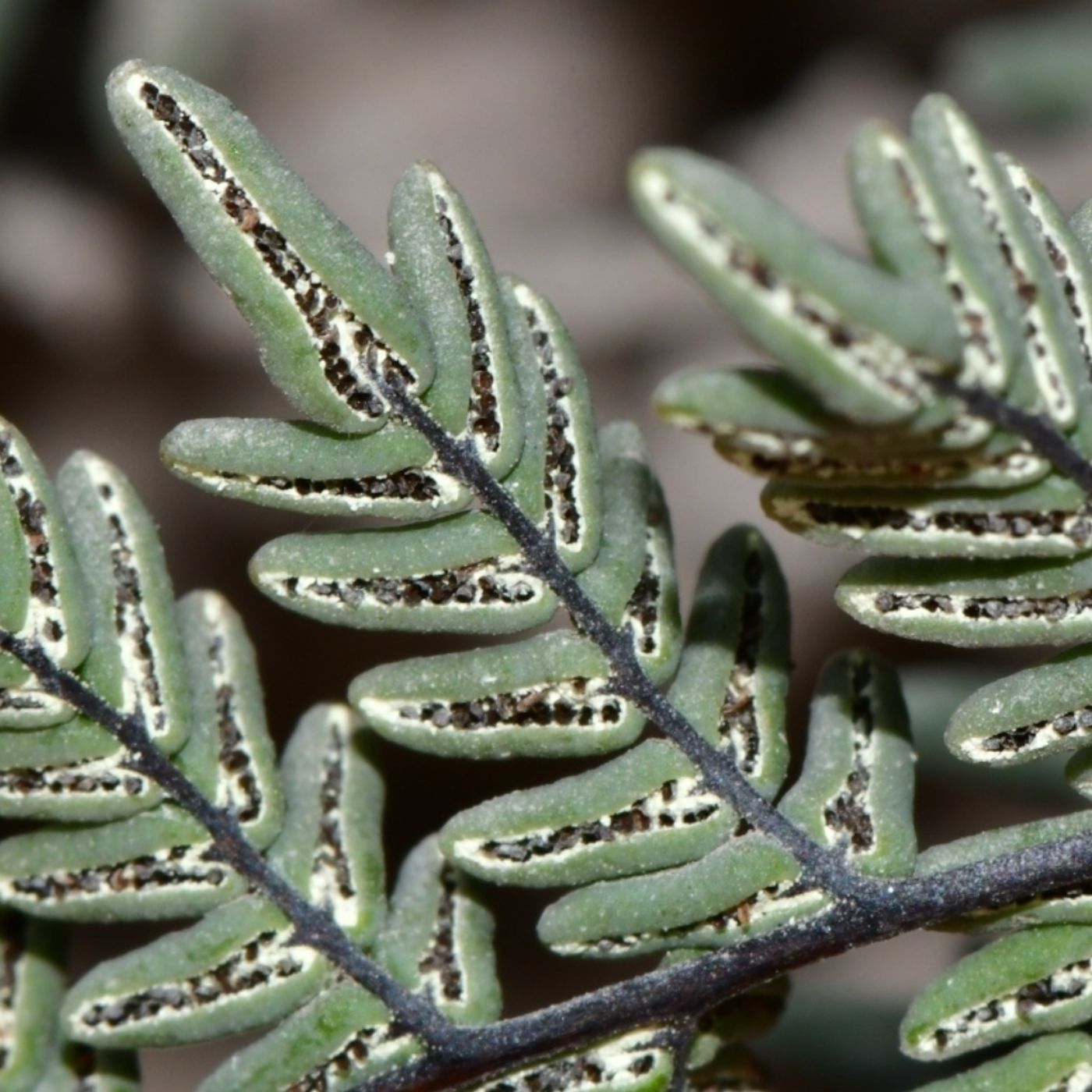

This is a science-heavy episode with Dr. Michael Windham, specialist in Cheilanthoid Ferns curator at Duke Herbarium. Even if you're not interested in this group, they're a great case study in numerous fascinating phenomena including convergent evolution, biogeography (dispersal vs. vicariance), why DNA sequencing is important to taxonomy, self-cloning to escape the limitations of being a fern in a desert, etc. "Cheilanthoid Ferns" are a remarkable group of ferns - they grow in habitats where ferns seemingly shouldn't be able to grow - out of cracks in rocks and cliff faces in regions that are both usually very hot and very dry. Genera like Astrolepis, Myriopteris, Notholaena, Argyrochosma, Pellaea (the "coffe fern" in California), Cheilanthes, and more have been blowing my mind years as I frequently encountered them co-occurring in habitats with Cacti and spiny legumes. To the East, Myriopteris alabamensis grows all over drier rocky "microsites" throughout the Eastern half of North America. These ferns are often either fuzzy as hell or blue, chalky-mint-green, and waxy with a wirey rachis. It'd be hard for anybody who takes a look at them to not be taken with how cool they look. But how do they get it done? What are some of their adaptations? What is the evoutionary age of the family and where is the origin of diversity? What the hell is a "gametophyte" and are they unisexual or the fern equiavelent of being protogynous (and what the hell does "protogynous" mean anyway?). Why is molecular sequencing (looking at the DNA) so important for figuring out how all these plants are related to each other? What is convergent evolution and why have so many genera in this subfamily evolutionarily converged on the same strategies to cope with life in a dry environment? How do you identify species when so many of them look superficially alike and don't produce flowers (what we normally use to identify plants)? How long can their damn spores last (answer : centuries, in some cases). We cover it all in this two hour podcast. If there's a term we use that you're not familiar with, look it up or join the Crime Pays patreon and send me a message. A brief list of topics somewhat sloppily-arranged in an "episode map" is below. Note: until I can alienate the casino advertisers, they seem to be especially herpetic on this episode. Ad-free episodes can be found on the Patreon. apomixis : 1 hour 20 evolutionary age ; 75 ya synapomorphies : revolute margins and pseudo-indusia convergent evolution center of diversity indicates center of origin no farina in Notholaena, but flavonoid compounds on capitate hairs resembling cotton-candy talking about cheilanthoid ferns to explain convergent evolution and how dna can resolve evolutionary relationships difference between eusporangiate ferns and leptosporangiate age of viability of fern spores alternation of generations antheridiogen dispersal vs. vicariance 1:31 apomixis 1:36


This episode consists of a rant about code-switching and friendship/cordiality through friction and being a pain in the ass, along with why dissecting flowers (and not just taking them at face value) with a razorblade or knife is important for understanding evolution, plant breeding systems and pollination ecology, what being "protogynous" is and why so many early-braching angiosperms do it, trying to offend advertisers, helping cacti bang in order to produce seed, and how an undescribed Gymnopilus species found growing on a shrubby Ambrosia species in the Baja California Desert (thumbnail photo for this episode on spotify) actually contains the psychoactive compound Psilocybin (albeit at very small amounts) as confirmed through HIgh Pressure Liquid Chromatography
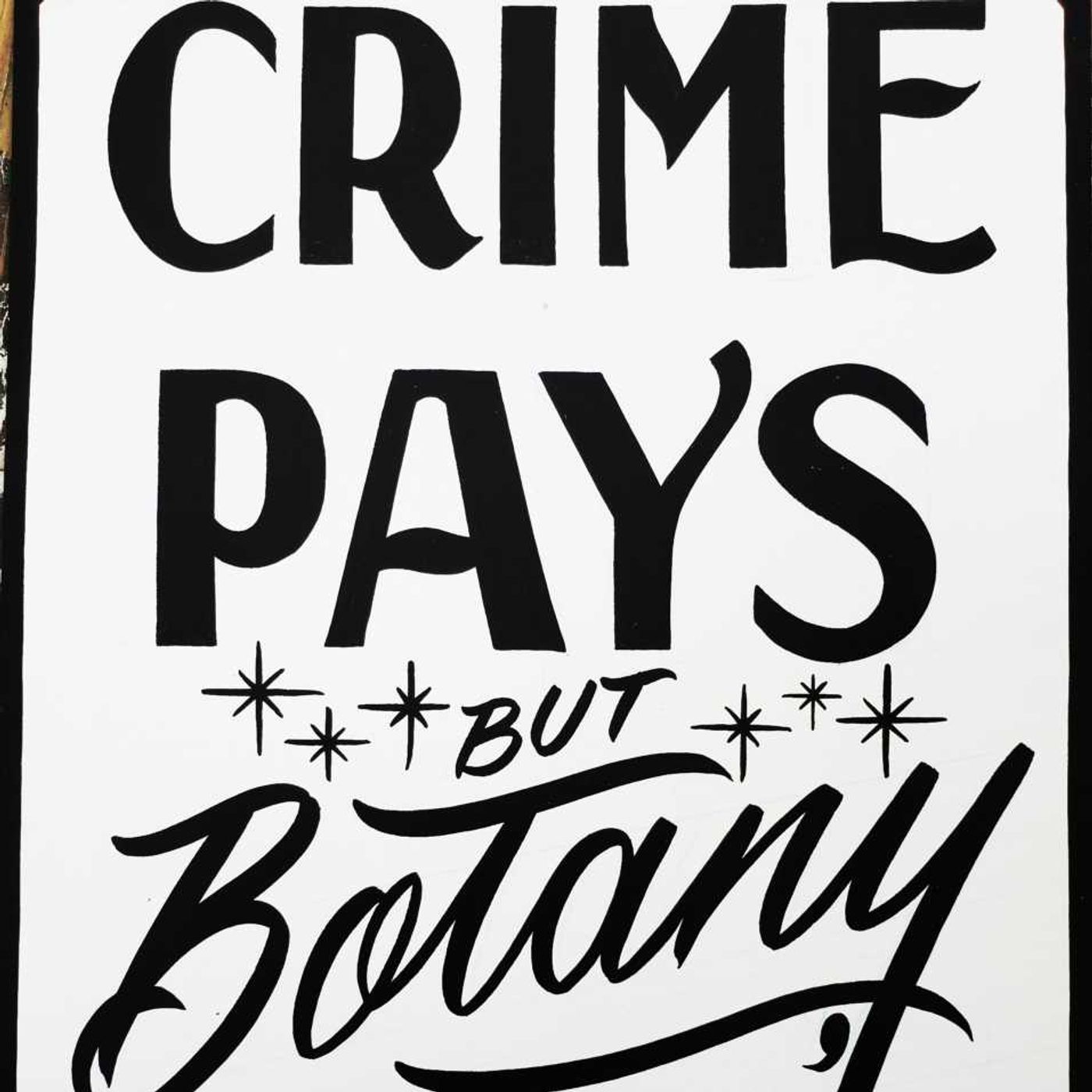

A conversation with Tony Figueroa, Senior Manager for the Invasive Plant Program at the Tucson Audubon Society (no affiliation with the National Org) about preventing Buffelgrass and Stinknet from smothering fragile Desert Ecosystems in Arizona. We also discuss why some in the "online permaculture community" (oh gahd) have such an aversion to any and all glyphosate use due to a misunderstanding about how it's used. Other topics include using an electric chainsaw to vandalizeCallery Pears and Crepe Myrtles and other hotricultural atrocity street trees, Why Texas is so uptight, how an invasive arugula-like plant is invading the desert near Gila Bend, and the growth rate of Saguaro Cacti.
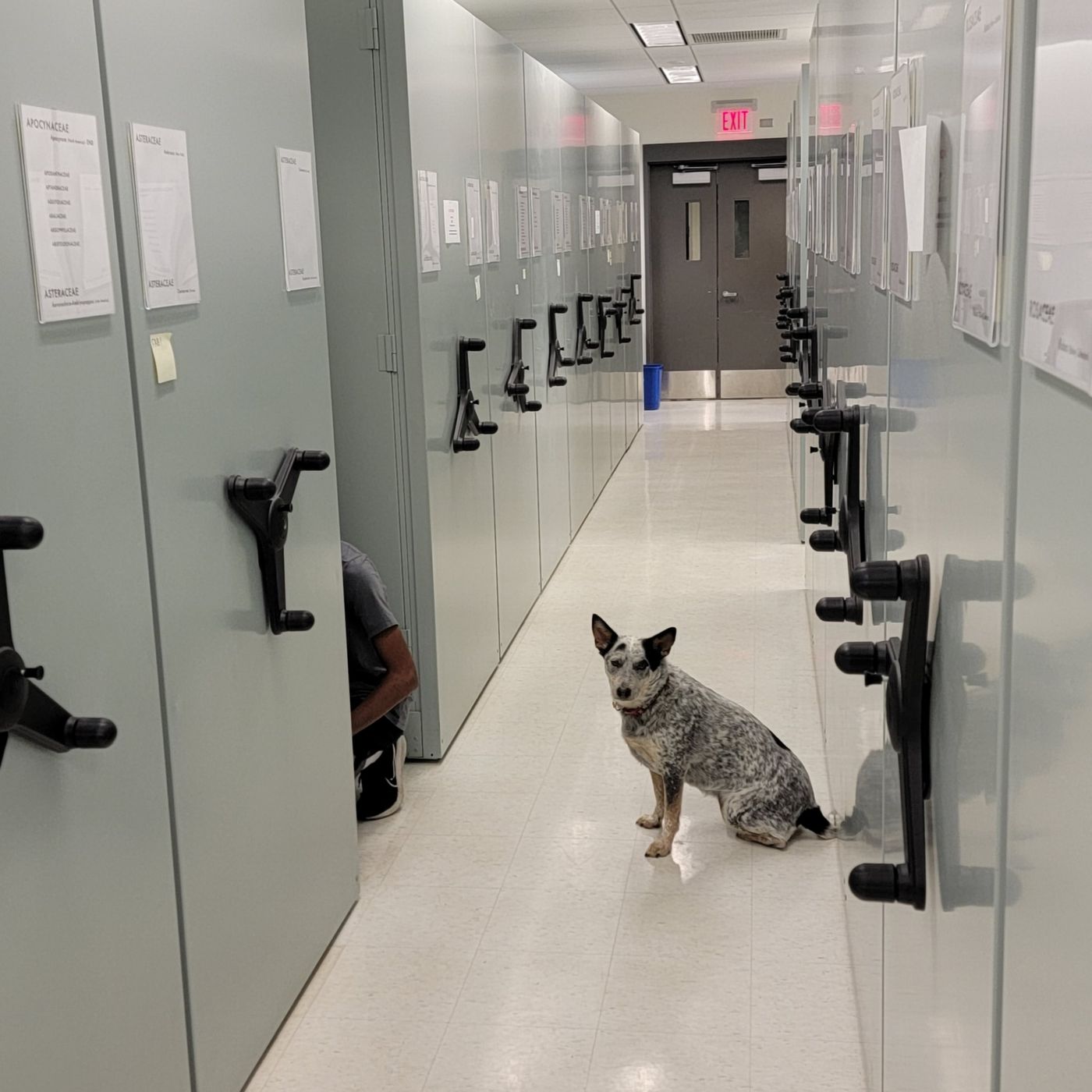

A conversation with Dr. Kathleen Pryer (Director, Duke University Herbarium) and Dr. Michael Windham, (Curator of Vascular Plants, Duke University Herbarium) about the University's Decision to cut costs by closing the herbarium as well as the general trend in modern US Academia of failing to recognize the importance of Botany in society as a whole as well as other attempts to defund it. We also touch on the cheilanthoid fern genus Gaga, named after both Lady Gaga and a section of the roughly 1500 base-pair-long MatK plastid gene region and why cheilanthoid ferns (aka desert ferns) are so damn cool. Listen to this episode Ad-Free on the Crime Pays Patreon. Abandon your pre-med or law studies, tell your parents to get bent, and study plant & fungal science, evolution and ecology instead.
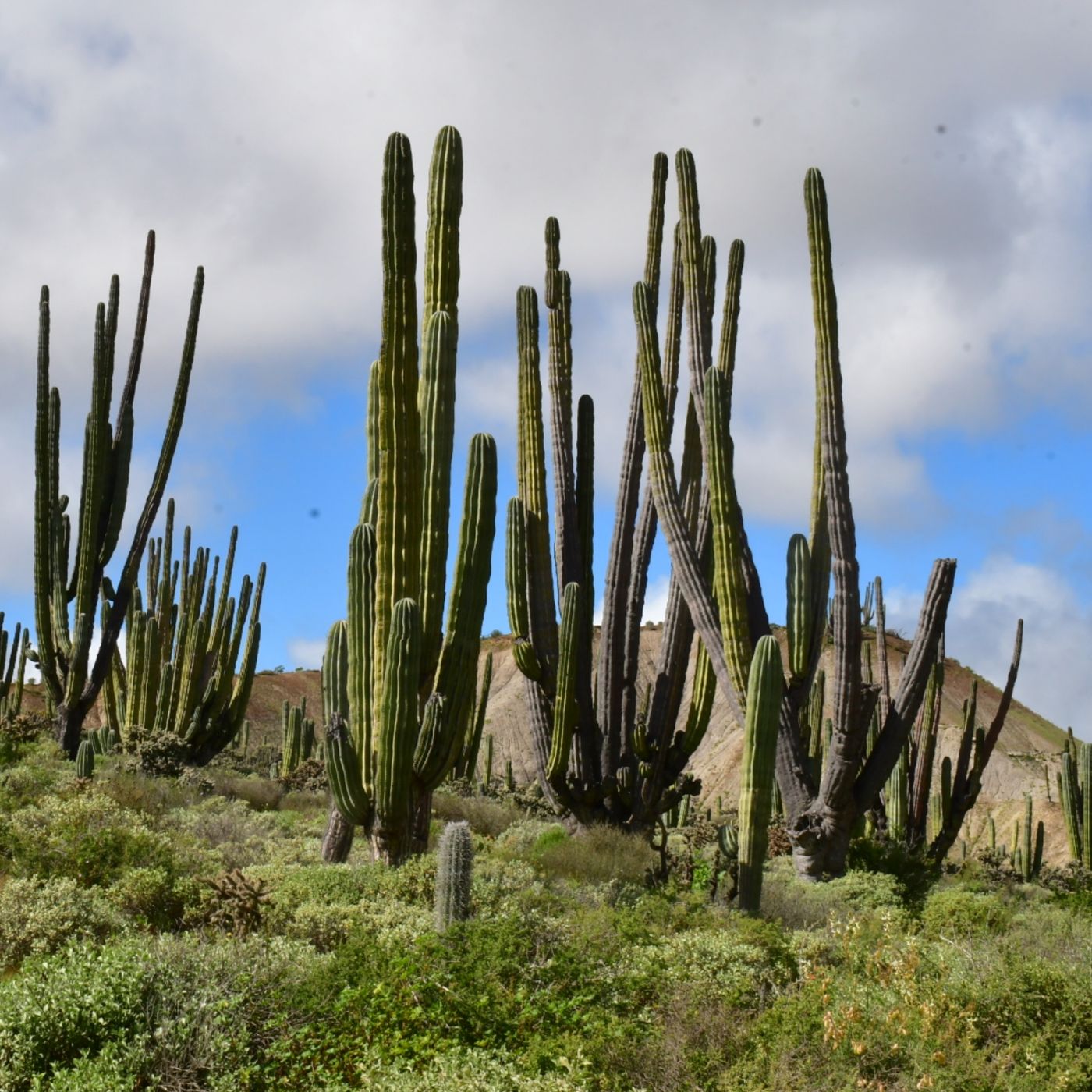

Rants about encountering a cool new legume species in the fog deserts and giant cactus landscapes of Baja California, the diversity of perennial raaaaagweeds in the deserts, Gabbro soils, a buckwheat that produces flowers along the ground, Arugula acting invasive as hell in the Arizona Desert, escaping the cultural disease of Southern California, the oils and secondary metabolites of Eriodictyon sessilifolium, a Gymnopilus species that likely contains psilocybin and eats dead Ambrosia chenopodiifolia, etc. Includes a select reading from an old book of railroad stories I wrote ten years ago starting around 1:05:00


A long, disjointed rant about using and writing Dichotomous Keys and why it's sometimes a process of grasping for straws or throwing a bunch of stuff to a wall to see what sticks, what an ideal floral key might look like if it were written by a neurotic, rambling schmuck fixated on ecology and biogeography. Other subjects include the gradation between ecotypes and species in Fremontodendron as well as the mycorrhizal associations found with Ornithostaphylos oppositifolia (Ericaceae, Arbutoideae) in the chaparral of Baja California, Mexico.


More Deranged Rants, this time about Javelina Management, Getting City Approval for Cactus Restoration and Street Trees, growing endangered plants from seed, Eocene Sandstone, growing xeric ferns from spore, working the Ozol Local and running freight trains along San Francisco Bay and much more
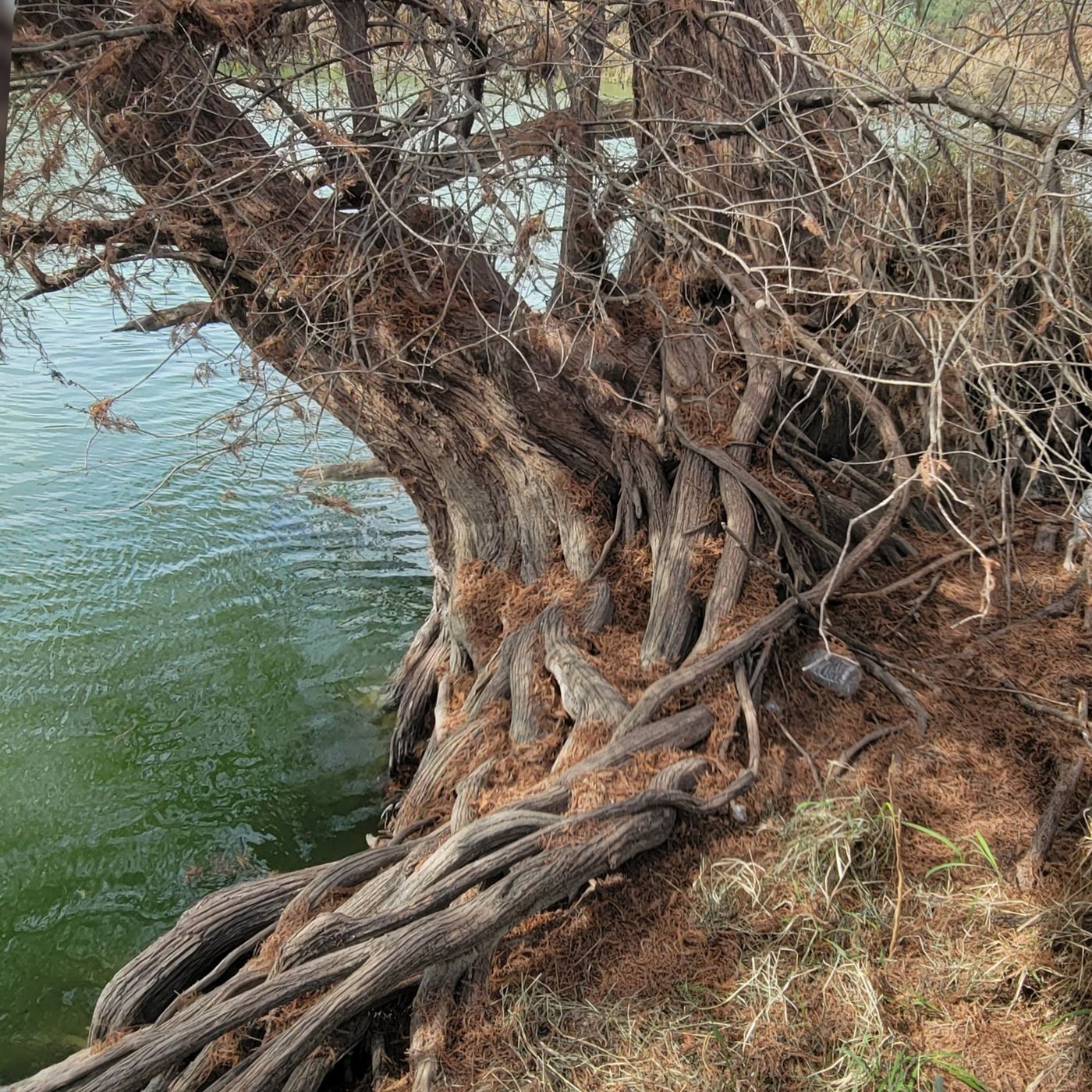

Rants about Montezuma Cypress on the Rio Grande, Cool Desert Ferns in West Texas and the Subfamily Cheilanthoideae of the fern family Pteridaceae, DEA permits for Peyote, Mountain Lions vs. Auodads, kind Caucasian Birders behaving at the Mexican border, funding the research station in South Texas with the nice bathroom, and more.


Rants about South Texas Geology, Geologic Timeline Apps for your D@mn phone, why its better to water before a freeze, being dragged by a freight train leaving Ft. Worth Texas, how much self-hate someone must have in order to lower themselves to the point of patronizing Subway Sandwich shops, and more.
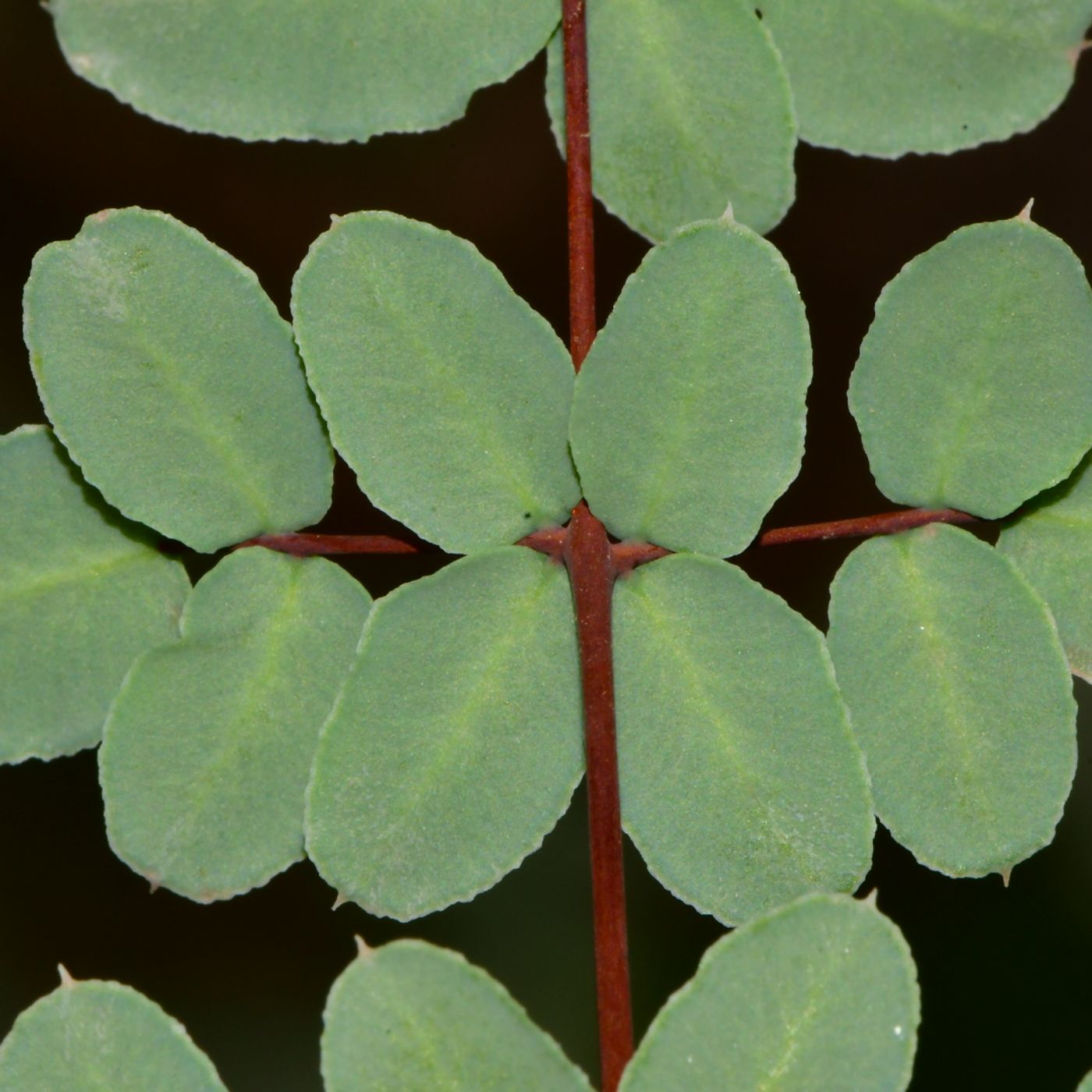

Rants about freezing while trying to sleep in the back of a truck in Lordsburg, New Mexico, why Agaves are monocarpic, the importance of having a "target list" should you ever get diagnosed with a terminal illness, fruit dispersal in Frankenia johnstonii, how rhyolite is just like Satan's play-doh, the biogeography of peyote gourds (Lagenaria sp.), microdosing LSD in the arboretum, and more Thumbnail pic is Pellaea truncata (Pteridaceae) This show is part of the Spreaker Prime Network, if you are interested in advertising on this podcast, contact us at https://www.spreaker.com/show/5634537/advertisement


A roughly 77 minute rant about how an Australian plant in the legume Family named Crotalaria cunninghamii "looks a like a bird" but only to humans who have smoked copious amounts of weed and certainly not as a product of natural selection, how glyphosate works and why it's the lesser of two evils when used for restoration and invasive plant management, and how dwarf ponies dressed in Hawaiian shirts could be used for the eradication of invasive grasses in desert habitats. This show is part of the Spreaker Prime Network, if you are interested in advertising on this podcast, contact us at https://www.spreaker.com/show/5634537/advertisement
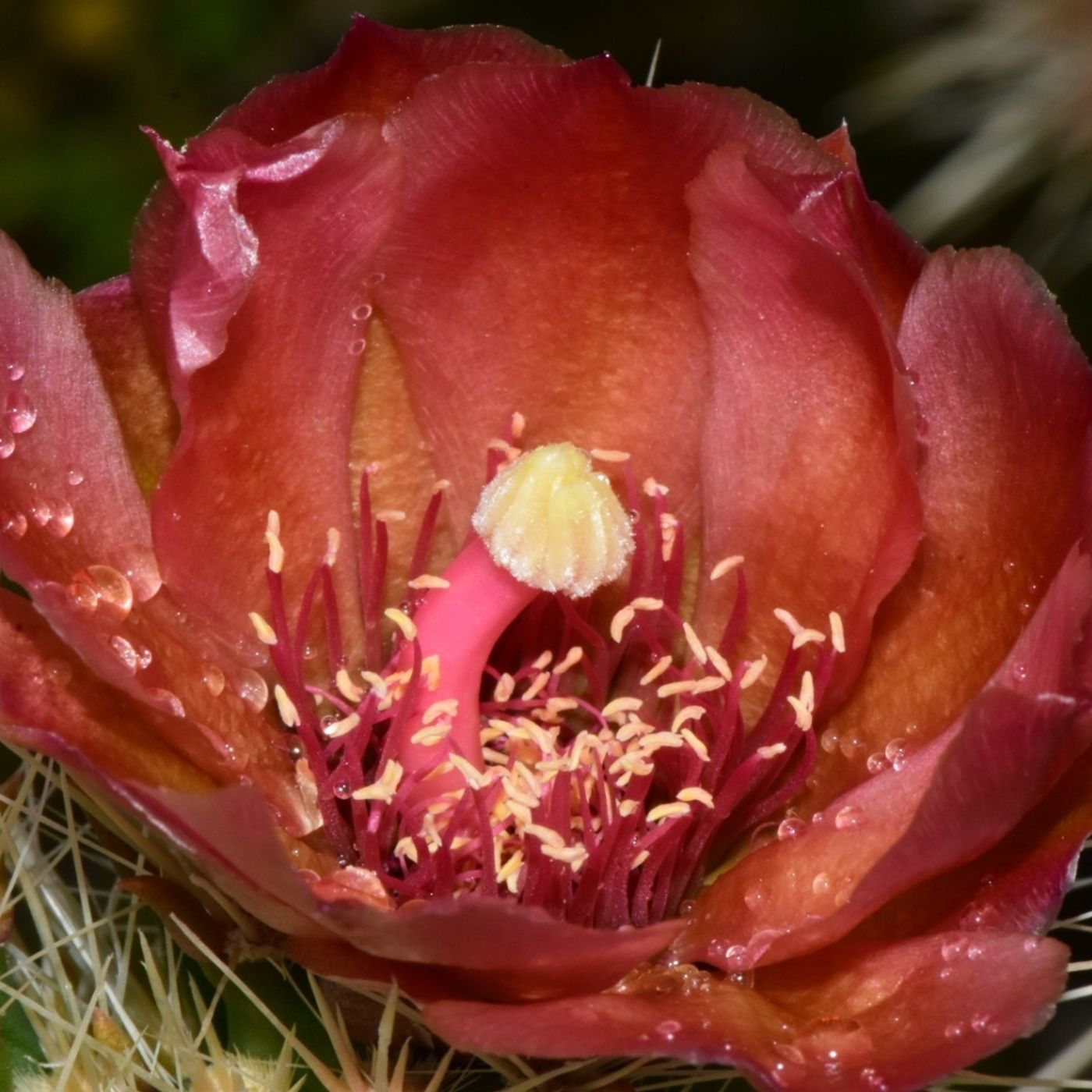

Michelle Cloud-Hughes is a Cactus researcher, botanist and Desert Rat whole specializes in some of my favorite cactus species - the dreaded Chollas. She has described a new species of Cholla, Cylindropuntia chuckwallensis, and spent 2 decades trudging up mountains and rockscapes of the Mojave, Sonoran and Baja Desert. In this podcast we talk about how Chollas bang, why deserts are some of the best places to study plant evolution, and why the sh*t they can't put solar panels on top of the parking lots of any of America's vast and expansive shopping and automobile culture slums. This show is part of the Spreaker Prime Network, if you are interested in advertising on this podcast, contact us at https://www.spreaker.com/show/5634537/advertisement
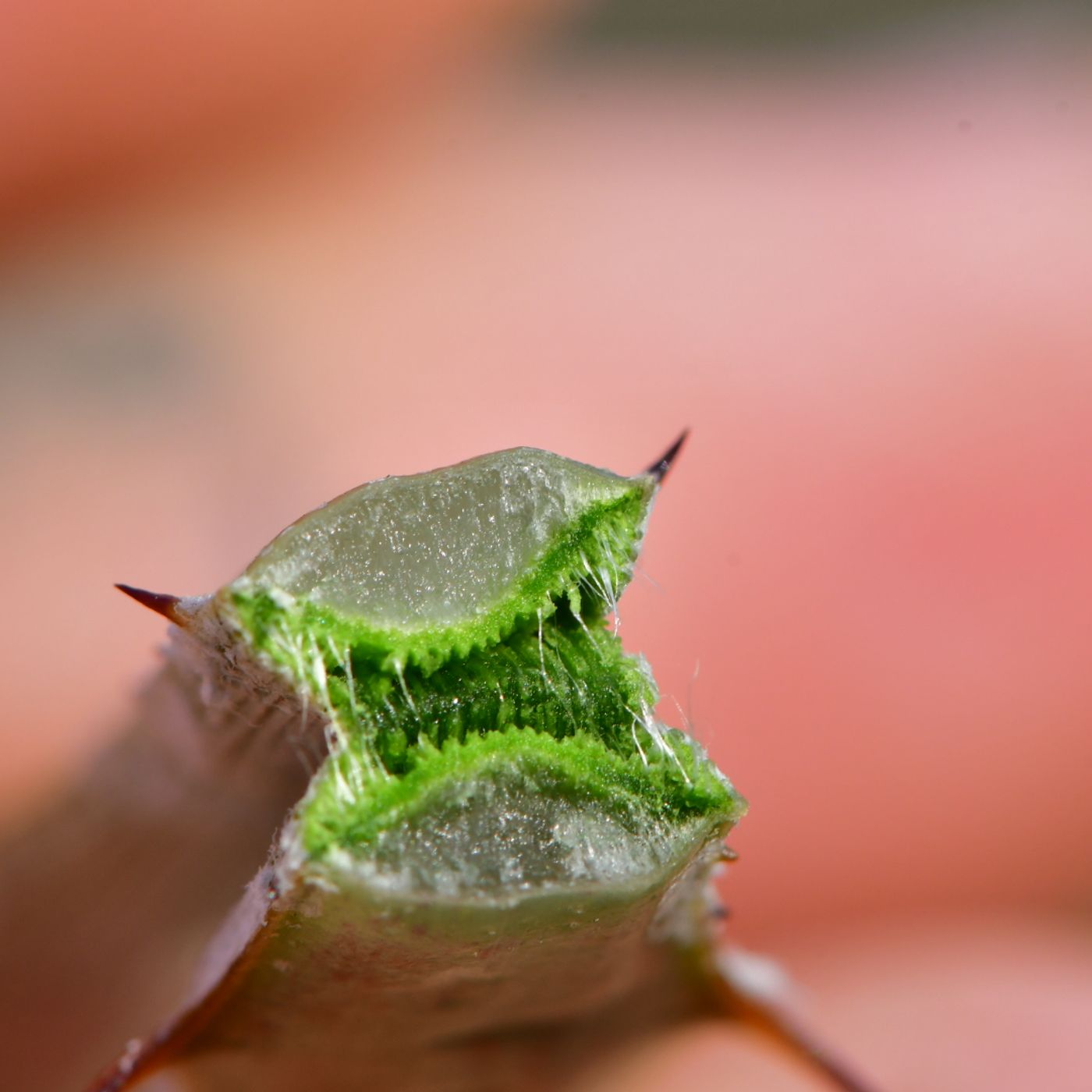

Jim Mauseth is a wizard with a microscope and a retired professor of plant anatomy at UT Austin, where he taught for 30+ years. Jim is an expert in Plant Anatomy with an emphasis on Cacti. In this podcast we talk about anatomical adaptations of cacti and why palms are not true trees. This show is part of the Spreaker Prime Network, if you are interested in advertising on this podcast, contact us at https://www.spreaker.com/show/5634537/advertisement


Dr. Peter Breslin is a Botanist out of Tucson Arizona specializing in Cacti, and recently did time in Brewster County Jail for "trespassing" to photograph some rare endemics that only grow on Novaculite (ancient biogenic silica) soils in West Texas. He also helped elucidate some of the evolutionary relationships between species that were formerly classified in the genus Mammilaria but are actually more closely related to the Baja genus Cochemiea, which specializes in hummingbird pollination. This conversation was fun as hell, and we talk about why nomenclatural change-ups and classifications of this sort are important, and how they tell a story about how organisms (including humans) move and migrate across continents and landscapes, and how the environment (which consists of geology, climate, presence of certain animals, etc) SELECTS for various traits in plants. We also talk about DNA and transcriptome analysis, and how it clears up some of the evolutionary relationships between plants and how transcriptomes can actually change depending on what habitat conditions an individual plant is in. We talk about the remarkable genus Pediocactus, a genus of the frigidly-cold high desert in the American Southwest and the radiation that it has had there, as well its ability to pull itself into the ground during the dormant season, effectively "hiding". LAstly, we clear up some of the confusion around the extremely bizarre and endangered Mexican genus Pelecyphora and how it's related to plants in the genus Escobaria that grow all over North America, including in some very cold climates. This show is part of the Spreaker Prime Network, if you are interested in advertising on this podcast, contact us at https://www.spreaker.com/show/5634537/advertisement
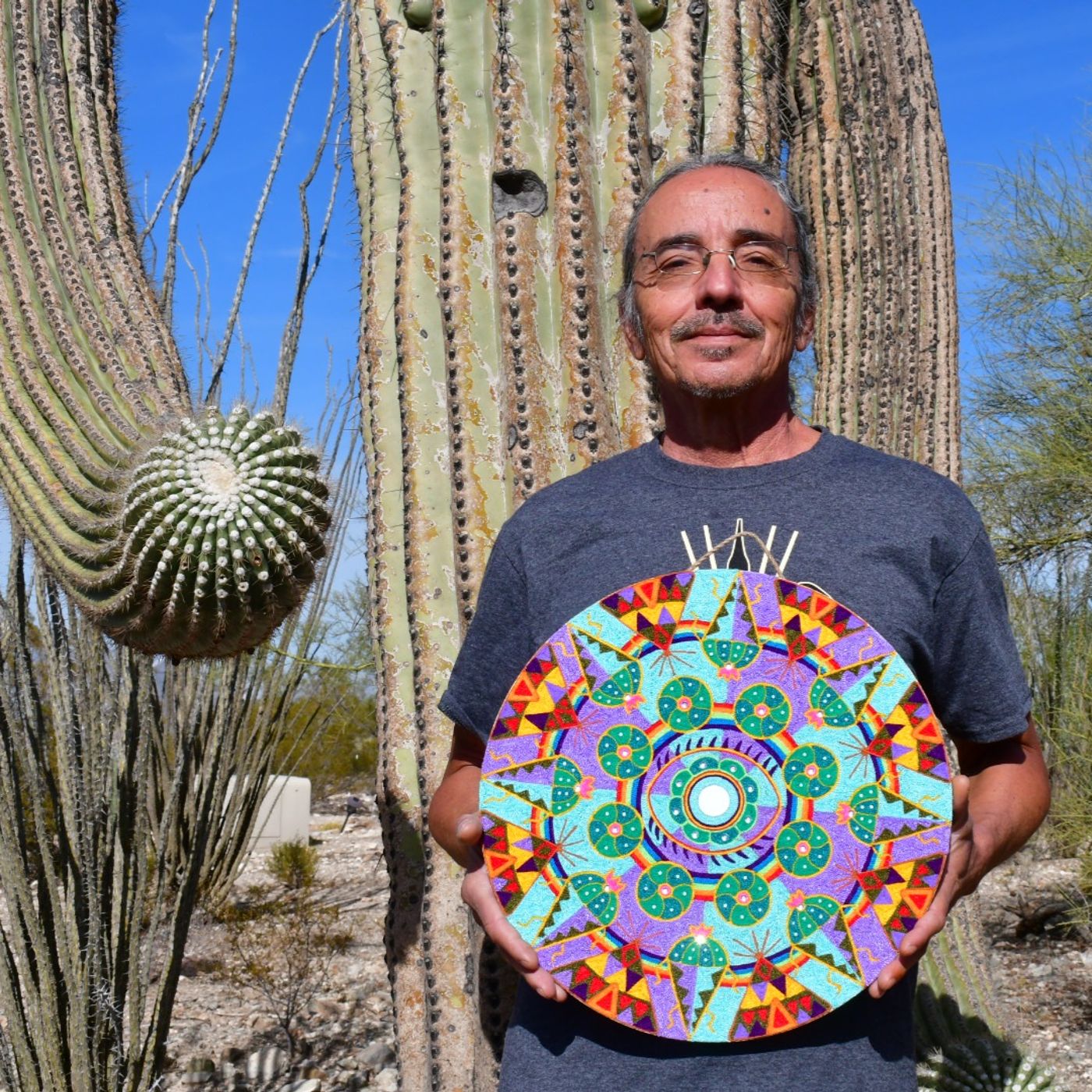

A discussion about Peyote conservation being done by Morningstar Conservancy in Tucson, Arizona and the ethnobotany of the Peyote Meeting, as well as what it means to "listen to the plant". This show is part of the Spreaker Prime Network, if you are interested in advertising on this podcast, contact us at https://www.spreaker.com/show/5634537/advertisement
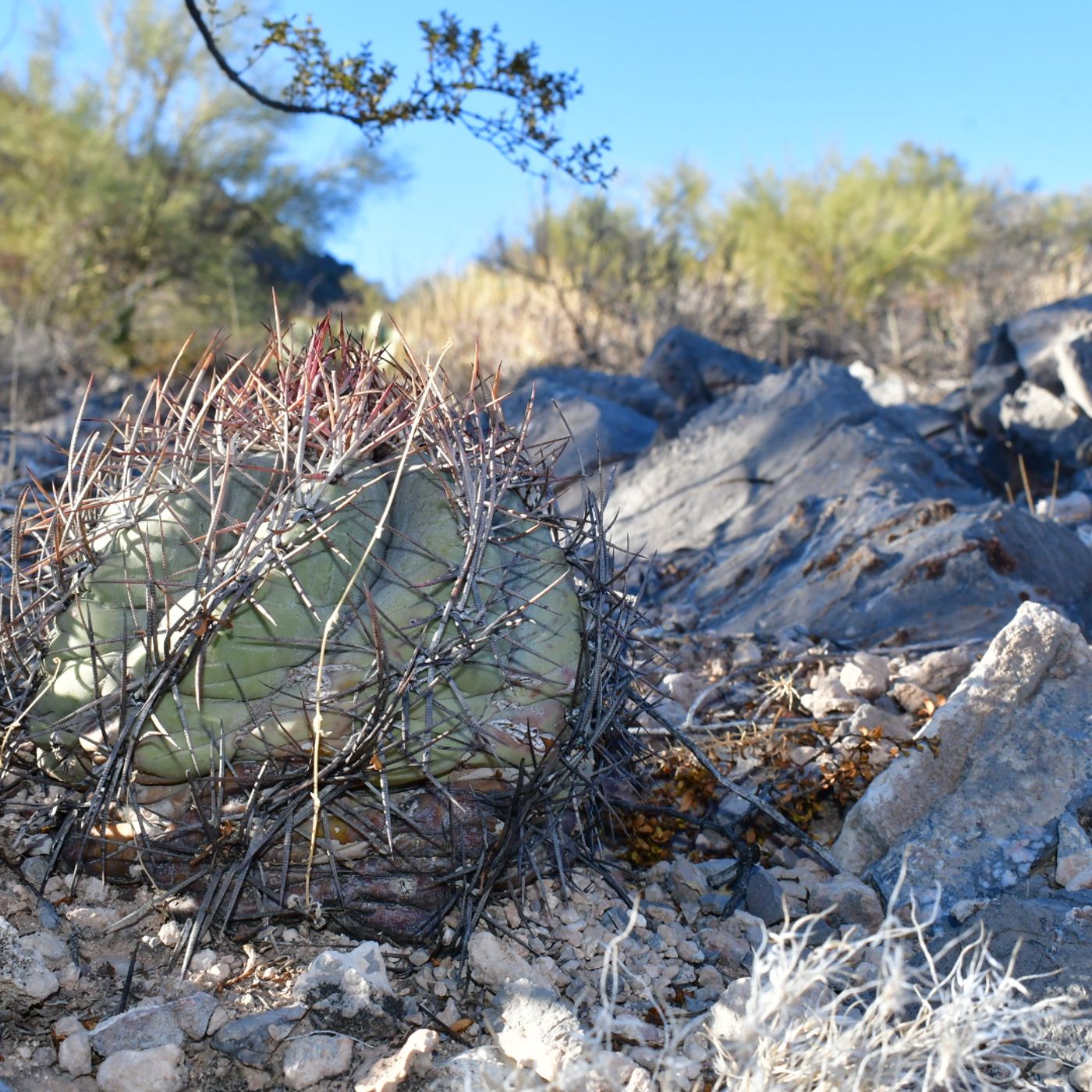

In this episode we rant about : Rescuing and digging thin-soiled limestone prairie plants from a soon-to-be-destroyed site in the Dallas/Ft. Worth area weeks before the bulldozers come by to erect a data center or some other obscenity. Moth pollination in deserts, the chemistry and familiar smell of moth-pollinated flowers. West Texas sand dunes Limestome endemic plants like Encelia scaposa and Echinocactus horizonthalonius Limestone cacti in Southern Arizona, which is a landscape composed almost entirely of volcanics or intrusive igneous rock This show is part of the Spreaker Prime Network, if you are interested in advertising on this podcast, contact us at https://www.spreaker.com/show/5634537/advertisement
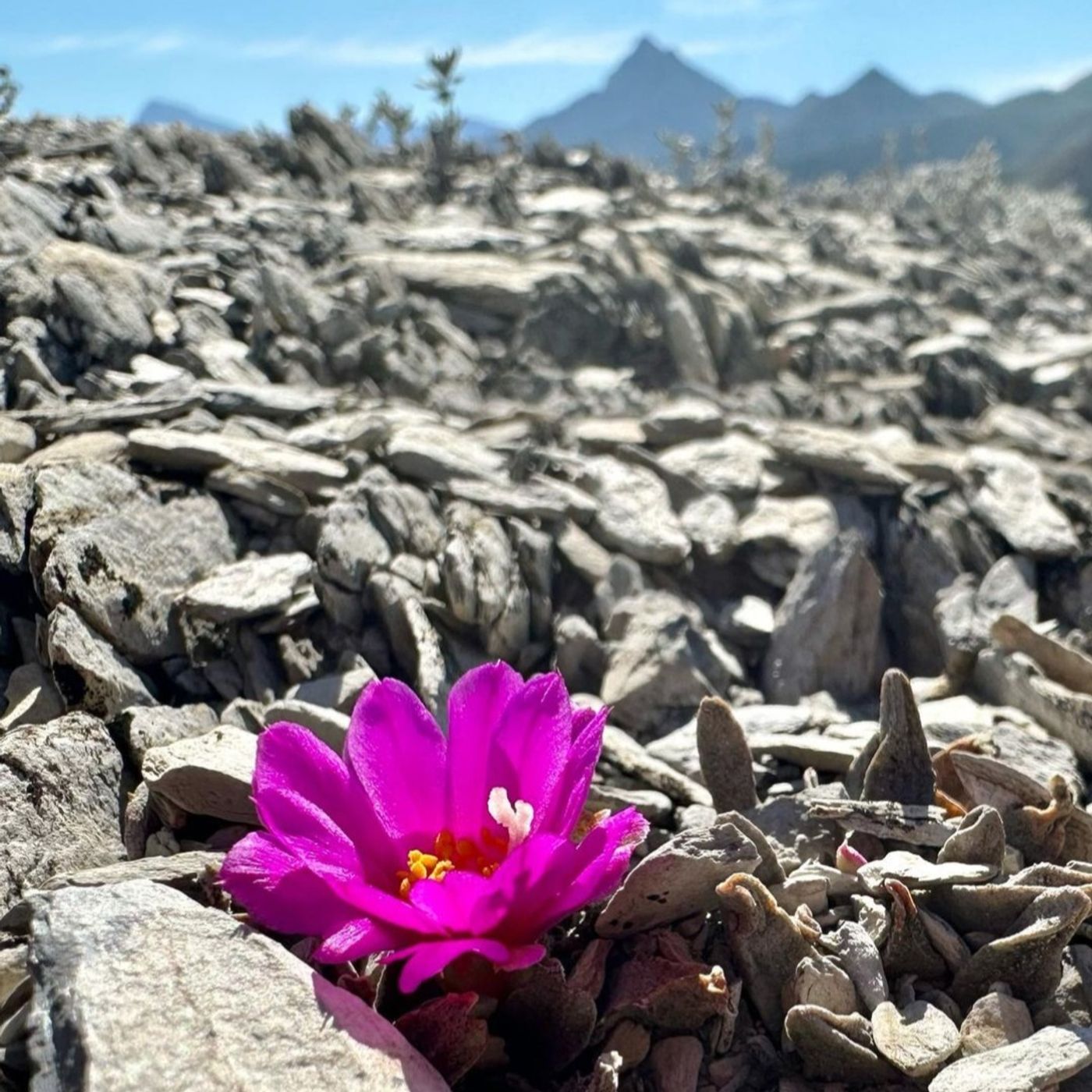

Jeremy Spath (owner of Hidden Agave nursery @hiddenagave) and Kevin Krucher (@crazy4cactus) talk about a recent trip through the states of Nuevo León, Tamaulipas and Coahuila to document and explore desert plants and their ecology, including tons of rare species like Lophophora williamsii, Stenocactus phyllacanthus, Astrophytum asterias, Obregonia denigrii, Ariocarpus scaphirostris, Agave Montana, Agave albopilosa and more. This show is part of the Spreaker Prime Network, if you are interested in advertising on this podcast, contact us at https://www.spreaker.com/show/5634537/advertisement


This entire podcast is about the Poison Ivy & Mango Family, Anacardiaceae. Susan Pell , Executive Director of the US Botanical Garden & John Mitchell from the New York Botanic Garden both specialize in the systematics and phytochemistry of this incredible family of plants. In this episode we talk about the active compound in Poison Ivy, Urushiol, as well as some of the cool adaptations that dryland and desert-adapted members of the family have evolved to cope with their unique environments. We mention a ton of cool plants species you've never heard of before, some edible and some toxic, and spend 80 minutes discussing how cool this family of plants is. Plant in the thumbnail is Actinocheita potentillifolia from Puebla, Mexico. This show is part of the Spreaker Prime Network, if you are interested in advertising on this podcast, contact us at https://www.spreaker.com/show/5634537/advertisement
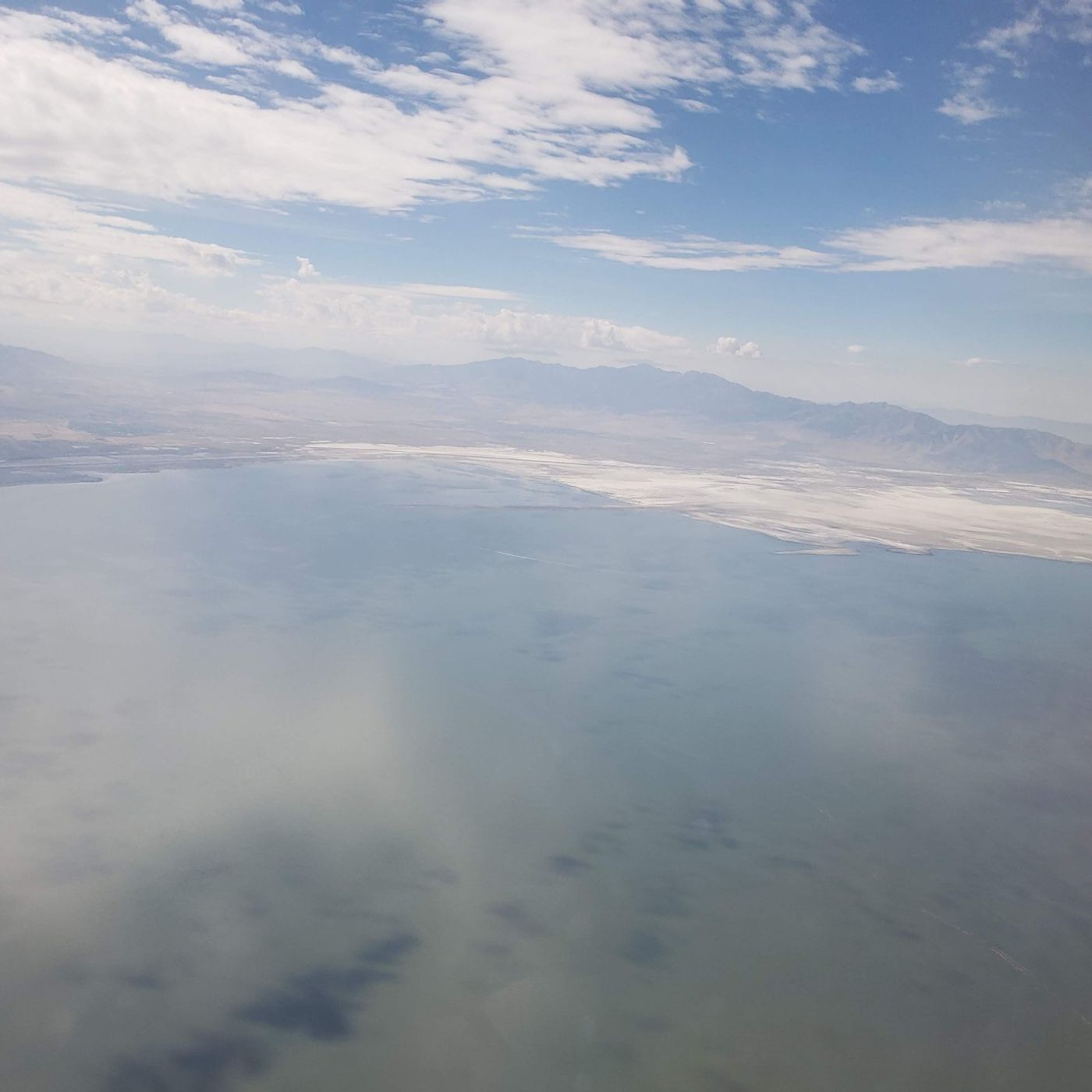

In this episode we talk with Zach Frankl from www Utahrivers.org about the (intentional ) crisis afflicting the Great Salt Lake and why one of the largest inland bodies of water in the world may soon cease to exist, all to enrich lobbyists and feed a sprawling mass of suburban lawns and Alfalfa. More info at : www.4200GSL.org and www.UtahRivers.org This show is part of the Spreaker Prime Network, if you are interested in advertising on this podcast, contact us at https://www.spreaker.com/show/5634537/advertisement
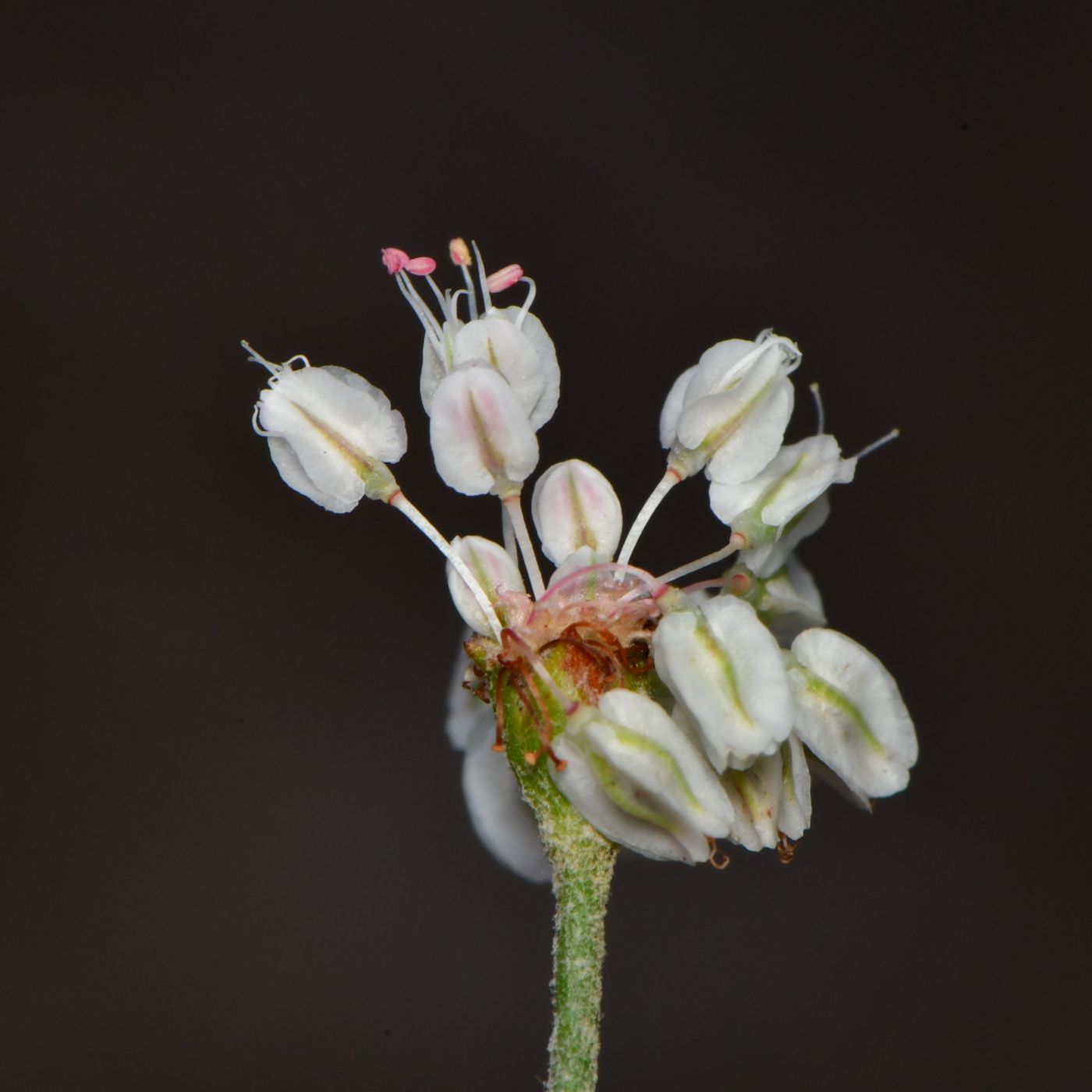

Doug Tallamy is an entomologist, professor, and the author of a number of books, including "Bringing Nature Home" & "The Nature of Oaks". He has been instrumental in educating people about Native Plants and why removing lawn to plant native plants and restore habitat is essential to mitigating ecological - and civilizational - collapse. Check out www.homegrownnationalpark.org to learn more. This show is part of the Spreaker Prime Network, if you are interested in advertising on this podcast, contact us at https://www.spreaker.com/show/5634537/advertisement


Jeremy Tidd runs Bona Terra Nursery, a native plant nursery in the DC area that grows native plants and also does native landscape installations for people looking to kill their lawns. In this episode we talk about making your own potting soil and fertilizer, using local native ecotypes, regional ecology and the native plant movement in the DC area. This show is part of the Spreaker Prime Network, if you are interested in advertising on this podcast, contact us at https://www.spreaker.com/show/5634537/advertisement
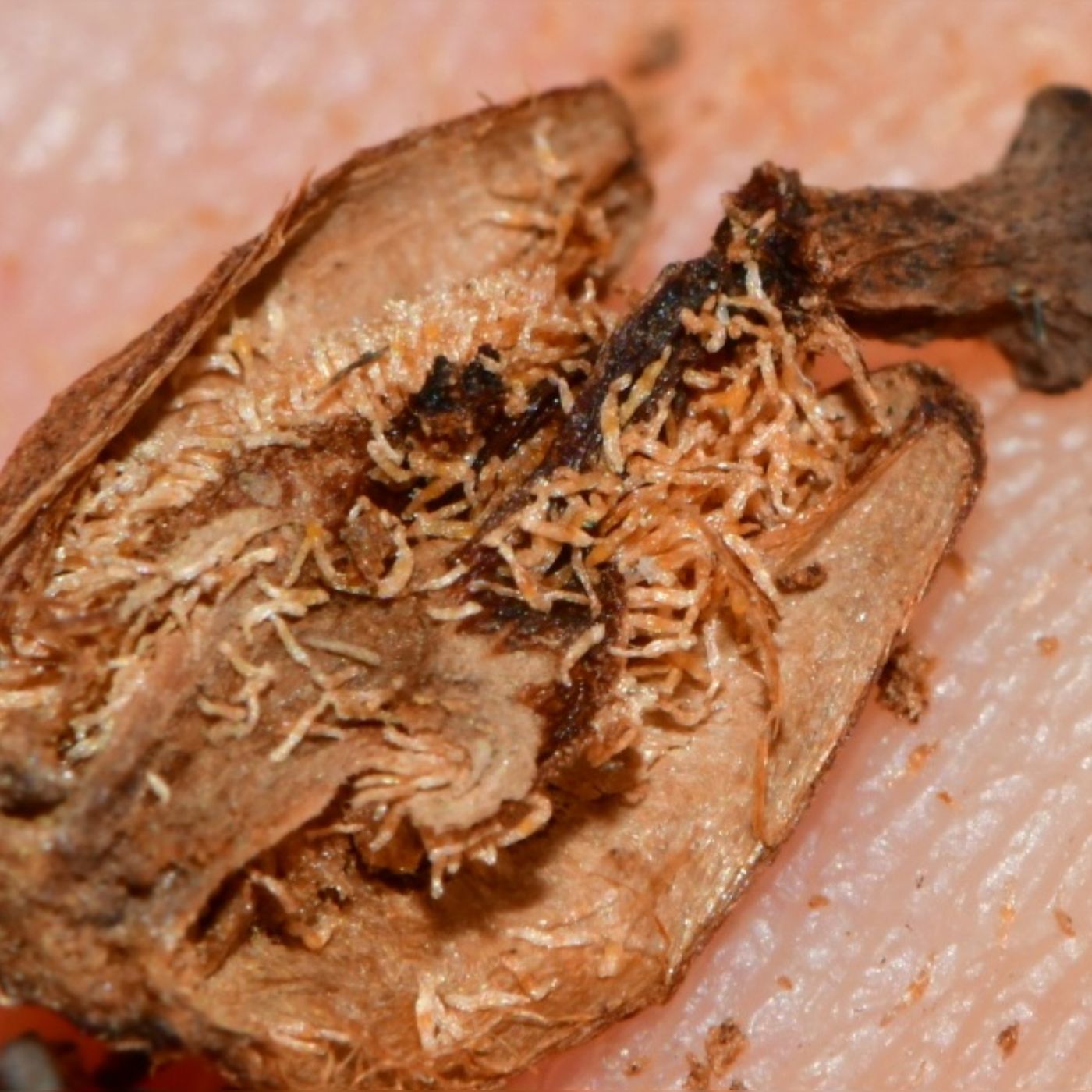

In this episode we rant about DC / Baltimore area botany, filming kill your lawn season 2, the glory of Texas leaf cutter ants, the seeds of ghost plant and the whole friggin' phylogeny really, invasion biology and why it's stupid to say "humans are invasive" and more. This show is part of the Spreaker Prime Network, if you are interested in advertising on this podcast, contact us at https://www.spreaker.com/show/5634537/advertisement


Sam Droege is a scientist who studies bees and bee behavior based out of Maryland. In this episode we talk bee ecology, how to attract them to your yard, their nesting and habitat requirements, why the honey bees are the least of our concerns, what are the kinds of bees that pollinate Peyote, and why our solitary native bees deserve the most attention. Bee Inventory and Monitoring Lab https://www.usgs.gov/centers/eesc/science/native-bee-inventory-and-monitoring-lab This show is part of the Spreaker Prime Network, if you are interested in advertising on this podcast, contact us at https://www.spreaker.com/show/5634537/advertisement


This episode is an interview with Jeff & Janet Crouch, who sued their Maryland HOA in 2019 and ended up changing state law. Legislation that was enacted in 2021 now makes it illegal for HOAs in the state of Maryland to force people to have lawns or remove native plant and pollinator gardens in their front yard. This show is part of the Spreaker Prime Network, if you are interested in advertising on this podcast, contact us at https://www.spreaker.com/show/5634537/advertisement
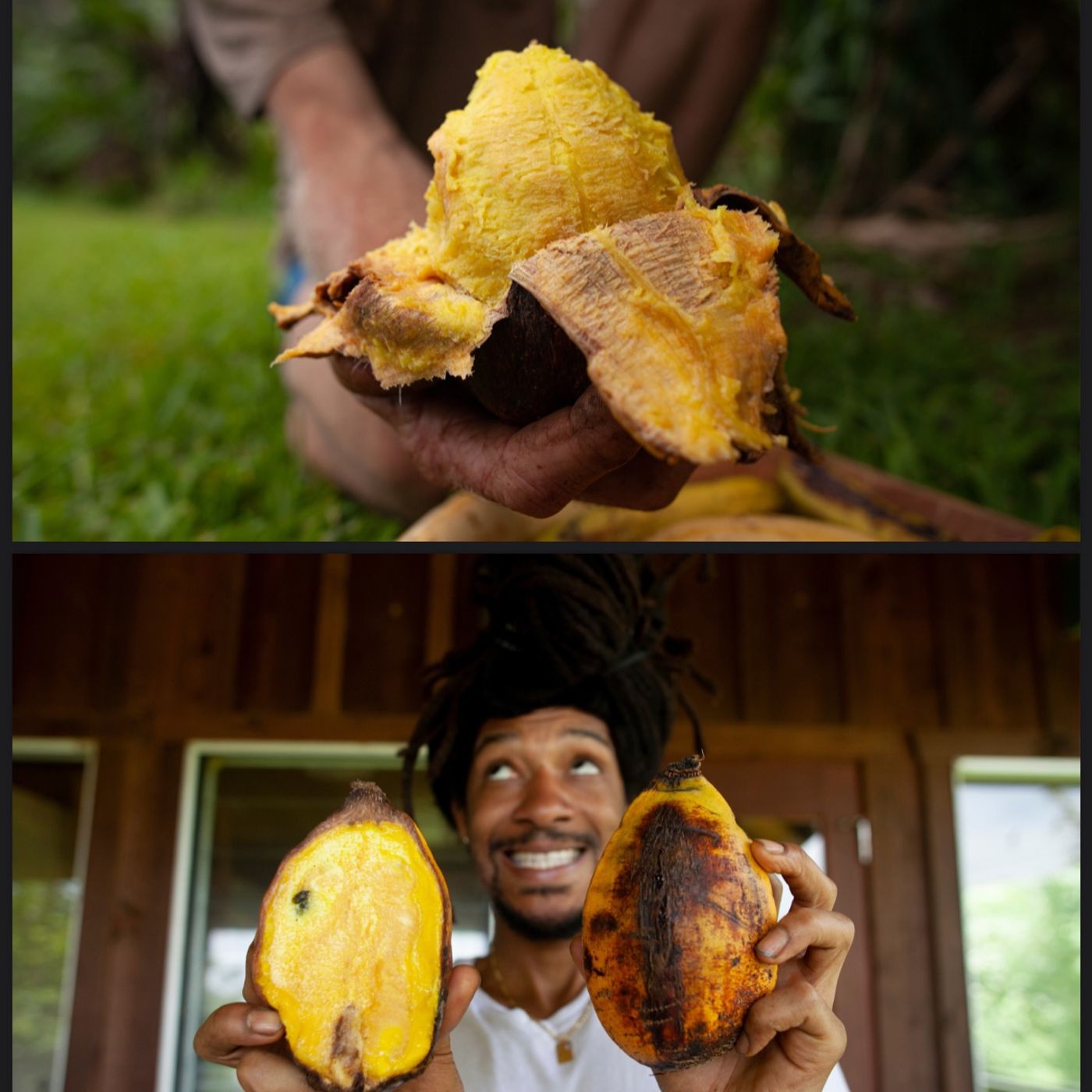

Anthony Basil Rodriguez is an ethnobotanist from the Bronx, New York that has traveled the world studying wild bananas. In this episode we talked about his travels all over the world and other notable and incredible plants he has encountered, as well as the people that utilize them. This show is part of the Spreaker Prime Network, if you are interested in advertising on this podcast, contact us at https://www.spreaker.com/show/5634537/advertisement


Marianna Wright is the director of the National Butterfly Center in Mission, Texas, which provides critical habitat for wildlife in the Rio Grande Valley of South Texas. The National Butterfly Center was targeted by extreme right-wing activists and conspiracy theorists in 2019/2020, including two of the now-convicted fraudsters behind the private border wall project. This show is part of the Spreaker Prime Network, if you are interested in advertising on this podcast, contact us at https://www.spreaker.com/show/5634537/advertisement


This episode consists of a 90 minute rant about the wonders of Cornell University Herbarium (1 million specimens you schmuck), how a cactus came to grow in Brooklyn, Botanizing a filthy industrial creek in Queens New York, the enigmatic Appalachian shale buckwheat (Eriogonum allenii) of Virginia, giving a talk on plant evolution in lower Manhattan, and more. This show is part of the Spreaker Prime Network, if you are interested in advertising on this podcast, contact us at https://www.spreaker.com/show/5634537/advertisement